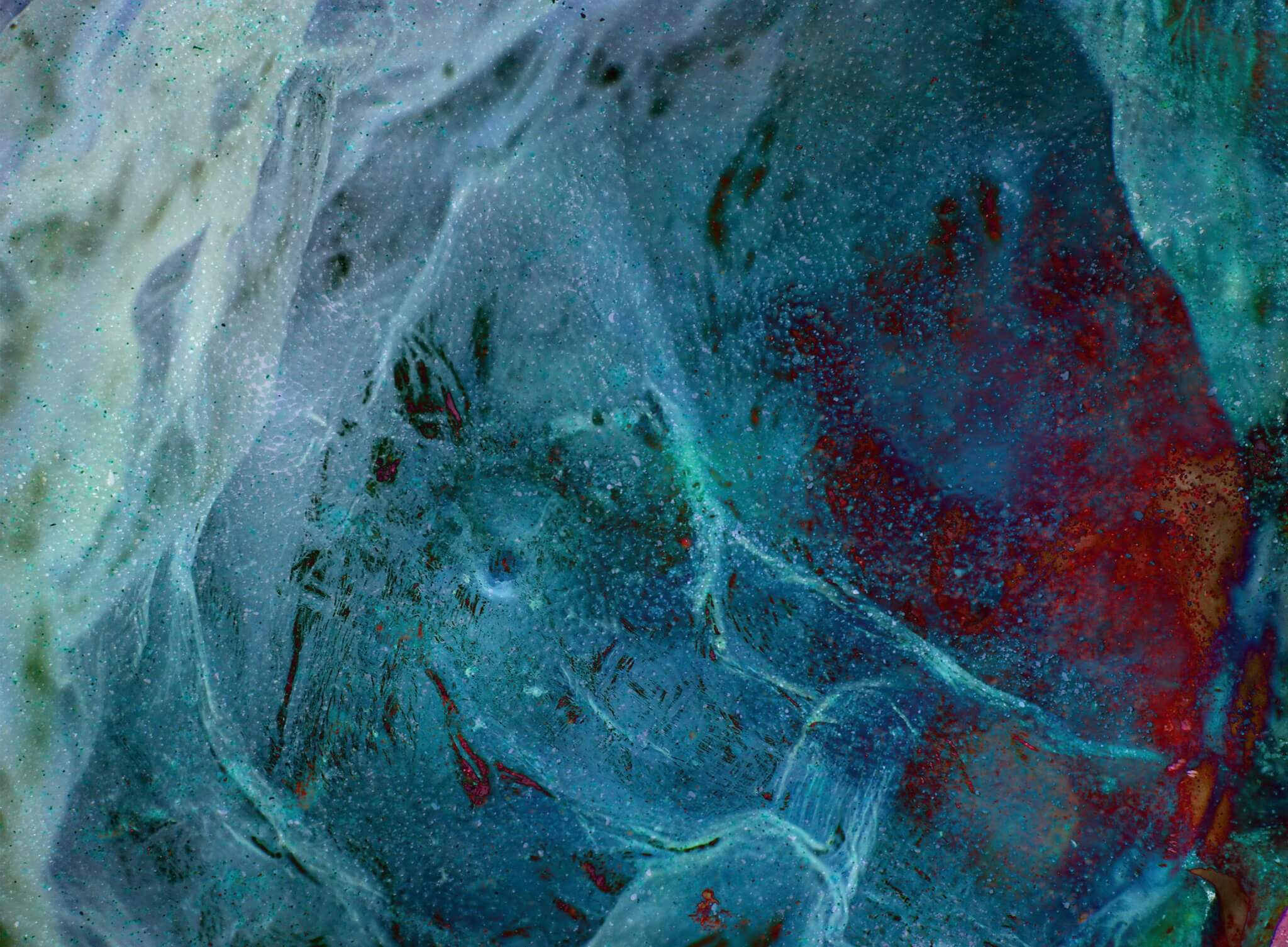"E-Feed/er" internet-based public interactive biomedia installation

The E-Feed/er is a platform for interaction between humans and micro-life. With the help of a webcam and artificial intelligence, visitors can communicate non-verbally with the bacteria via human emotions.
E-Feed/er
Installation live from 24.6.2020 to 26.6.2020
Daily live performance: Vienna 13:00 - 17:00 Vienna, New York 04:00 - 11:00, Los Angeles 01:00 - 08:00, Tokyo 20:00 - 00:00, Melbourne 21:00 - 01:00
The E-Feed/er is a platform for interaction between humans and micro-life. With the help of a webcam and artificial intelligence, visitors can communicate non-verbally with the bacteria via human emotions. Communicating with microbes is a tricky business. Since the perception systems of humans and microbes are very different, direct communication is usually impossible. Microorganisms communicate mainly chemically, by emitting signal molecules to attract or drive other organisms away. Humans can interact with microbes by changing their environmental conditions and thereby triggering a microbial reaction. This approach was chosen for the e-feeder installation, which will be presented for the first time at the Applied Festival 2020.
In the e-feeder, all essential features for human-microbial communication are combined in the project for the first time:
- human perception and reaction,
- microbial perception and reaction,
- Hardware for enabling environmental changes and for recording reactions, and
- Applications of machine learning that make it possible to bridge the gap between the differences in the respective communication channels.
Human emotions are collected from (virtual) visitors by tracking their eyes and facial expressions. These are processed by machine vision, fed into the feeder and thus influence the microbial cultures; either growth is promoted or selected parts of the cultures are destroyed.
Bacterial growth is made visible to the human eye by using indicators that trigger colour changes in areas colonized by microbes. The selected indicator substance X-gal colours the living cells blue, another, pure lactose, colours them red. The selected microbial species is Escherichia coli, an intestinal bacterium that can multiply every 20 minutes under favourable conditions and is valued for its robustness in laboratory environments.
E-feed/er: Damjan Minovski, Tiziano Derme, Daniela Mitterberger
Artificial Intelligence, Machine Vision: Martin Gasser
Living material: Neptun Yousefi, Kathrin Weiland, Teresa Gutierrez, Patricia Tibu
Support: Barbara Imhof, Waltraut Hoheneder, Kyle Koops
Symposium 24 June 2020
"Alien life: between brains, bacteria and matter"
The two-part art and science symposium brings together international curators, artists and designers to converse about the interaction between art and technology and practices of staging "liveliness" and biomediality. Thoughts and works of art that deal with the communication between humans, their technological environment and biological materials will be examined from different perspectives and seemingly separate worlds will be linked in discourse.
Review: Introductory lecture by Jens Hauser on biomediality and microperformativity
24 June 2020 19:00-19:30
Discussion with Tiziano Derme (Co-Corporeality, At, IT), Jens Hauser (Curator, F-DK), Barbara Imhof (Co-Corporeality), Margarete Jahrmann (Artist, Prof. Applied Art, AT-CH), Ray LC (Neuroscientist, Artist, USA), Daniela Mitterberger (Co-Corporeality, AT-CH), Lucie Strecker (Artist, Applied Performance Lab, AT), Joanne Ting-Yu Hsu (Designer, Taiwan)
Review “Alien Life - between brains, bacteria and matter”
24 June 2020 20:00-21:30
Co-corporeality team:
University of Applied Arts:
Barbara Imhof (co-director), Daniela Mitterberger (co-director), Tiziano Derme (co-director),
Waltraut Hoheneder, Damjan Minovski, Kyle Koops, Patricia Tibu
Austrian Institute for Artificial Intelligence
Martin Gasser, Robert Trappl
PaCE Group, University of Vienna
Alexander Bismarck, Andreas Mautner, Neptun Yousefi, Kathrin Weiland, Teresa Gutierrez
